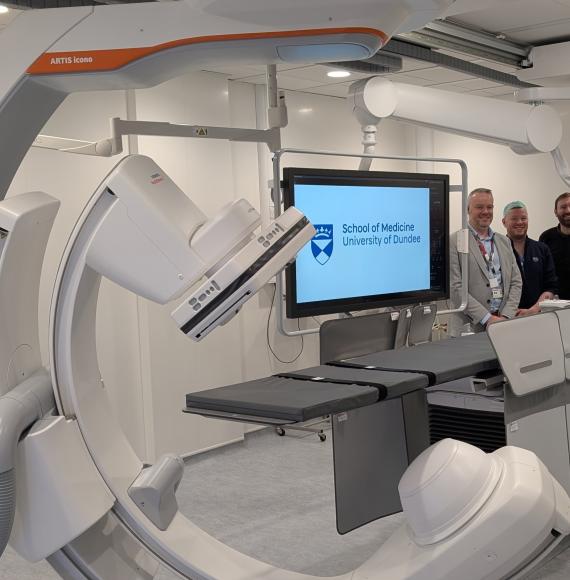Even before the pandemic, the NHS was at a critical point managing the backlog of patients on waiting lists. COVID-19 has placed immeasurable pressure on staff within the NHS, and trusts were struggling before the Omicron variant emerged. Figures from NHS England in November 2021 showed six million people were waiting for hospital treatment, with more than 2 million waiting more than the standard 18 weeks. As we come out of another phase of restrictions, the focus is on how the NHS is coping with the pressure on waiting lists and ensuring patients are discharged with appropriate care.
This is a complex, costly and long-term challenge to address. In the short term, the quickest and most immediately available solution to begin to tackle the patient backlog in the NHS and ease flow through the system is to ensure patients are in the most appropriate care setting.
A report from the National Audit Office found that the gross annual cost to the NHS of treating older patients in hospital who no longer need to receive acute clinical care is in the region of £820 million. The report also estimated that 2.7 million hospital bed days were occupied by older patients no longer in need of acute treatment.
According to Age UK, social care delayed discharges have cost the NHS £587million, or £27,000 every hour between June 2017 and December 2019. In addition to the significant financial implication of keeping a patient in a bed than at home with supported care, it also means a loss of confidence and physical implications such as muscle waste affecting the chances of making a full recovery.
The 2021 Autumn budget announcement includes a £5.9 billion funding boost to deal with increasing waiting lists. The budget includes £2.3bn to be used to increase diagnostic capacity, including 100 community diagnostic centres, while £2.1bn will support the “innovative use of digital technology” according to the British Medical Journal.
Suitably and effectively supporting patients through the system will improve their experience, reduce the expense of keeping someone in a bed unnecessarily, it will free up capacity and support services to function more efficiently.
Utilising a framework such as NOE CPC’s Secondary care Access and Discharge Support Services offers a free to access, immediately available solution to address the flow through the system. The multi-lot agreement complements the existing NHS service provision effectively integrating with the health and social care system to ensure prompt and effective flow of patients in to and out of the healthcare setting. This offers the most readily available solution to start to ease pressure and improve outcomes for patients today such as shorter hospital stays, channelling patients towards appropriate care, and freeing up beds for patients who are in need.
The COVID-19 pandemic has focused attention on social care and highlighted existing problems. NOE CPC’s framework offers an instant solution to start making an immediate difference while longer term solutions are being considered. Secondary Care Access and Discharge Support Services can support improving the flow of patients into and out of healthcare settings by providing a link between the wider parts of the health and social care system.
About NOE CPC
NOE CPC is an NHS procurement collaborative with an extensive range of free to access framework solutions. NOE CPC’s category expertise means they have the insight and skills to work with the NHS and address the challenges it faces now. Their framework agreements deliver efficiencies, savings, and innovation across the NHS. Sign-up free today to access Secondary care Access and Discharge Support Services or view the full portfolio of agreements available now www.noecpc.nhs.uk.



















